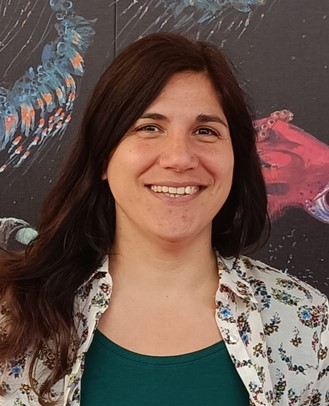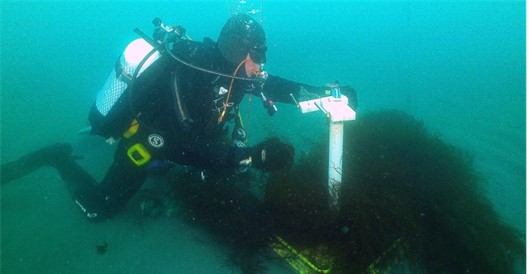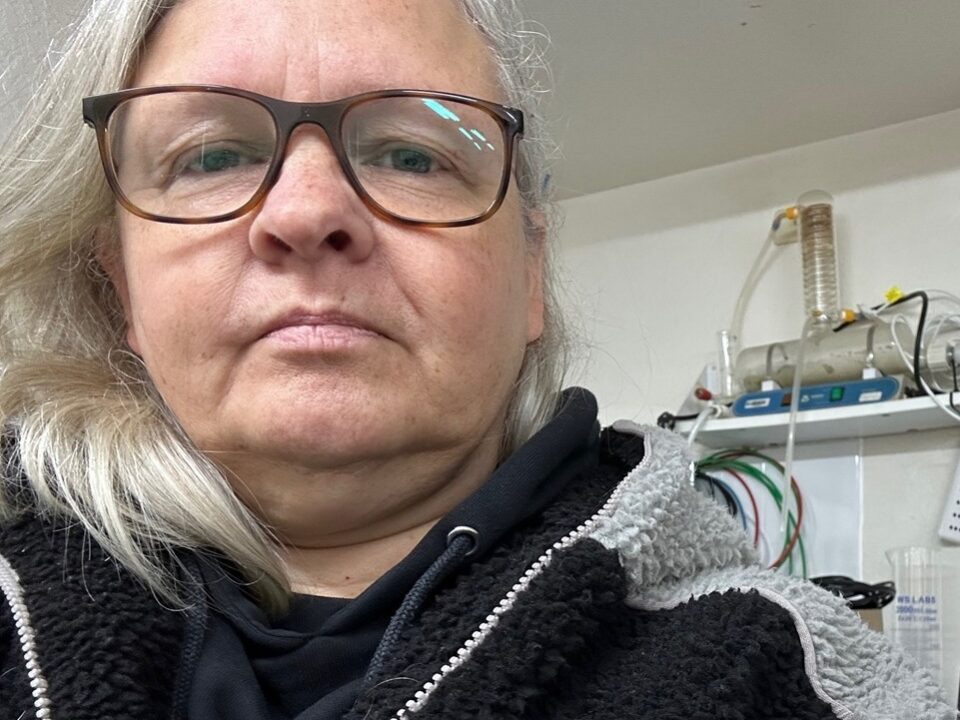Interannual, seasonal and spatial variability irradiance due to glacial melting in an Antartic Fjord

The stay at the Alfred Wegener Institute (AWI) under the direction of Dr. Inka Bartsch (AWI) and Dr. María Liliana Quartino (Argentine Antarctic Institute) is focused in producing a background manuscript “Interannual, seasonal and spatial variability irradiance due to glacial melting in an Antarctic Fjord” for diverse research groups and stakeholders with a general description of the conditions of the water temperature, turbidity, salinity and PAR in an Antarctic Fjord (Potter Cove) under glacial melt (Figure 1), showing quantitative differences according to the distance to the melting glacier among seasons and years and over a depth gradient. For the first time, in an Antarctic fjord system we present an analysis of the seasonal and annual irradiance budget under differential influence of glacial melt as continuous Photosynthetic Active Radiation data (Figure 2). This provides the baseline for productivity modelling.
This study contributes in understanding the effects of climate change on the structure, productivity and carbon cycle of coastal communities (Figure 3) in the western Antarctic Peninsula.
Moreover, the investigations carried out provide results indicating that ongoing environmental changes continue to impact coastal ecosystems in the western Antarctic Peninsula. Conservation of the Antarctic marine benthos is necessary due to its high and unique biodiversity, and because it provides ecosystem services such as blue carbon that could play a significant role in mitigating CO2 emissions. Our results provide evidence about the relevance of protecting the ecosystems of the Antarctic Peninsula, and reinforce the importance of spatial management in this region and of the adoption of the Marine Protected Area proposal in the Western Antarctic Peninsula under these scenarios of climate change and increased human presence.
The stays at the AWI are always very fruitful, with a very friendly atmosphere and reinforce the long-term established international cooperation.

Figure 1. Fourcade Glacier surrounding Potter Cove, where its melting during the summer of 2023 can be observed, contributing sediments and freshwater to the water column. Photograph by SIGMA Project.

Figure 2. Diver performing underwater light sensor check in Caleta Potter.

Figure 3. Macroalgae and invertebrates in the benthic marine ecosystem of Potter Cove, Antarctica.




